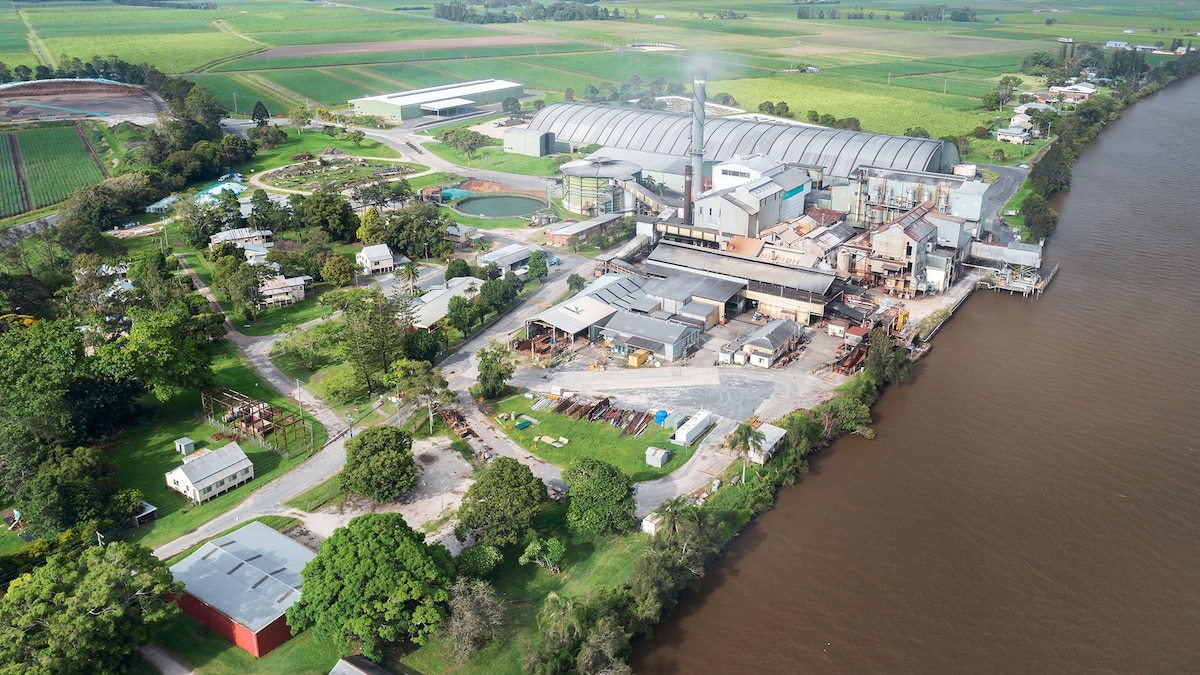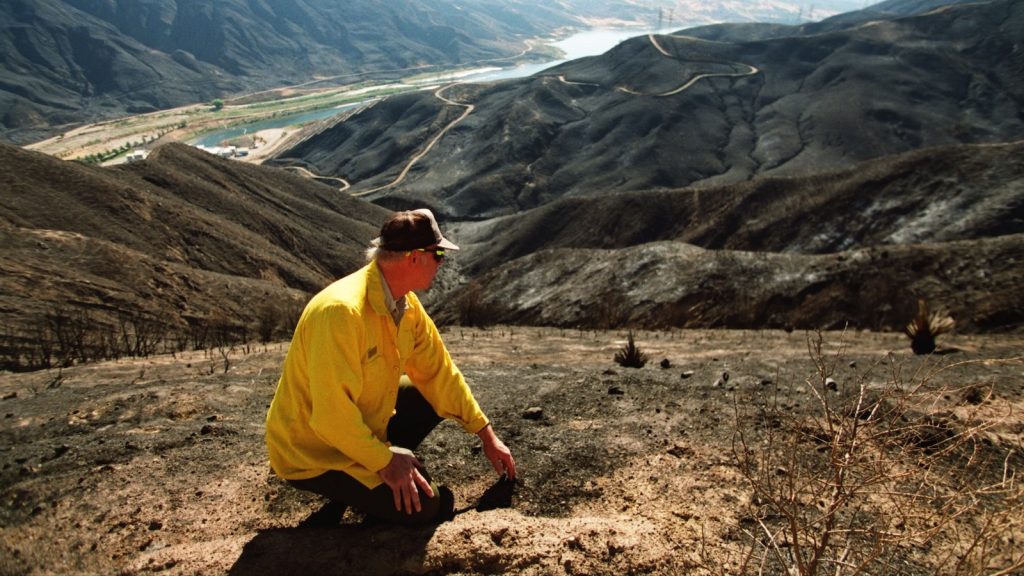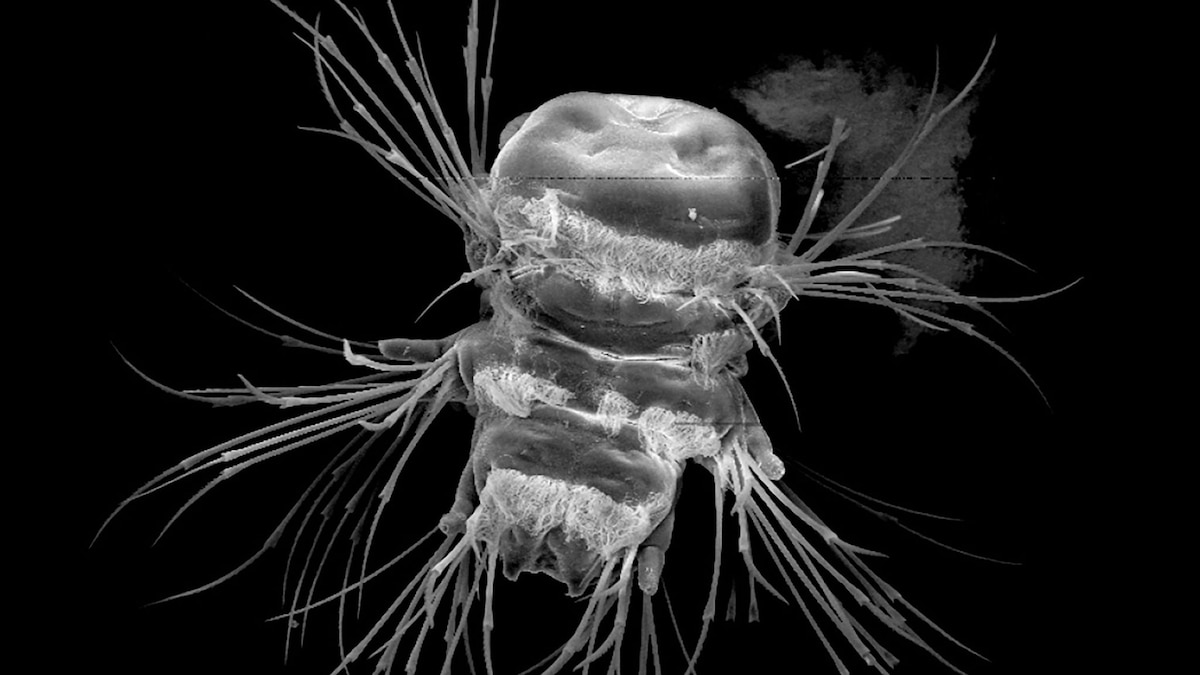Now Reading: The complex history of Australian rum—and the best places to find it
-
01
The complex history of Australian rum—and the best places to find it
The complex history of Australian rum—and the best places to find it

During the 18th century, England sought out remote locations to house prisoners as a solution to its overcrowded jails. In 1788, England’s First Fleet arrived in the Eora nation—now known as Sydney, Australia—with 11 ships of convicts and officers. For this long voyage, they packed two years’ worth of food and four years’ worth of rum.
The nation was founded without any formal currency except a limited supply of coins, because it was meant to be a convict colony. However, it soon became clear they would need more structure, so they put their bountiful supply of rum to practical use.
Rum became intertwined with the history of Australia. It was the original currency, the spirit of rebellion, and a powerful political tool.
(Take a mangrove foraging tour with Broome’s Aboriginal custodians.)

This postcard is part of a series titled “The Growth of our Empire beyond the Seas,” of the British Empire extending its colonial ambitions across the globe. British soldiers are seen inspecting convict settlers in 1788.
Photograph By Look and Learn / Elgar Collection / Bridgeman Images
The role of rum in colonial Australia
“Rum was a currency because everyone was addicted to it,” says Matt Murphy, author of the book Rum: A Distilled History of Colonial Australia. This meant that whoever controlled the supply of rum also controlled the colony.
After the British landed in Australia, the New South Wales Corps had a monopoly on rum production, which earned them the nickname, the “Rum Corps.” When Governor Bligh arrived in Australia with a strong will, the order to control the alcohol supply, and other conflicting political views, he was eventually deposed by the Rum Corps in what later became known as the “Rum Rebellion.”
This was the first and only military coup in the country’s history. According to Murphy, the Rum Rebellion was “the defining moment between Australia being just a convict colony and becoming a place of commercial interest.”
Rum became a part of daily life and was used to pay for major land purchases. In the early 1800s, the government had no funds to build a hospital, so it contracted the construction to three entrepreneurs in return for a short-term monopoly on the distribution of 60,000 gallons of rum. This site became known as the “Rum Hospital,” and it eventually became the New South Wales Parliament House.
In the 1840s, an economic depression hit Australia, and people could no longer afford rum, decreasing consumption substantially. By the late 1850s, Australia’s gold rush and an influx of male migrants made alcohol more appealing.
However, it was around this time that a technological development made beer cheaper and easier to produce than other spirits. Beer gradually became the drink of choice, and the country replaced its beloved rum.
(See Australia’s wild beauty—and dark history—on its newest Great Walk.)

The Sydney Mint was built between 1811 and 1816 as the southern wing of the Sydney Hospital, also known as the Rum Hospital for convicts. It is the oldest surviving public building in the city’s central business district.
Photograph By Maurizio De Mattei, Shutterstock

A propaganda sketch portrays Governor William Bligh as a coward after his arrest in 1808. Bligh served as the Governor of New South Wales in Australia from 1806 to 1808. He’s known for being the captain of the HMS Bounty during the Mutiny on the Bounty, and for his controversial time as governor, which ended with the Rum Rebellion, and armed takeover by the New South Wales Corps.
Illustration By William Minchin, Mitchell Library, State Library of New South Wales / Bridgeman Images
The impact of rum on First Nations Australians
Throughout Australian history, rum and other alcohol were also used to extort, control, and oppress First Nations groups. The First Nations people, also known as the Aboriginal Australians and Torres Strait Islander people, are made up of hundreds of groups and have lived on this land for thousands of years.
Before the First Fleet landed, the local Gadigal people had rarely, if ever, encountered alcohol. In “Rum, Seduction and Death: ‘Aboriginality’ and Alcohol,” First Nations anthropologist Marcia Langton details the ways that colonial Australians introduced rum, enabled the Aboriginal people until they were addicted, and then provided them with no means to legally obtain it.
Langton writes that, “From the first settlement and throughout the frontier period, alcohol was used to engage Aboriginal people in discourse, attract Aboriginal people into settlements, in barter for sexual favors from Aboriginal women, as payment for Aboriginal labor and to incite Aboriginal people to fight as street entertainment.”
Overuse of alcohol leaves people vulnerable to manipulation and abuse, and rum has been continuously and effectively used to maintain the political narrative of the “drunk Aboriginal.” These racist stereotypes continue to impact modern-day Australia.
Langton says, “[The ‘drunk Aboriginal stereotype’] remains the background and popular explanation for the extraordinary arrest rates of Aboriginal people, for the continuing removal of Aboriginal children and the continuing exclusion of Aboriginal people from employment.”
(In Australia, Aboriginal rangers race to save the last sawfish.)

Just north of Byron Bay, Husk Farm Distillers is known as one of the best craft rum brands in Australia.
Photograph Courtesy Husk Distillers
Craft rum distilleries represent modern Australia
Today’s craft rum distillers are working diligently and thoughtfully to properly acknowledge and honor First Nations groups in their production processes and storytelling.
According to Mindy Woods, a proud Bundjalung woman best known for championing First Nations cooking on MasterChef Australia, “When we are sourcing food from Country, that’s a direct connection to Country and culture–particularly when it comes to native foods. A lot of the time, First Nations people aren’t included in that narrative.”
Birds of Isle co-founders Chanel Melani and Sally Carter appointed Woods as their First Nations advisor for product development. This ensured that they were informed of the cultural significance of native Australian botanicals before using them in their rums. In early discussions, Woods encouraged them to source their products in a way that was aligned with First Nations groups, including opting for hyperlocal seasonal products, working with First Nations suppliers, and only taking what they needed.
When they created their Bunya Nut Rum, Woods showed them how to use the shells in addition to the nuts, allowing them to use both parts of the plant without wasting valuable resources. To respect and care for the native land, they have also made their labels out of sugarcane waste pulp rather than paper.
Native plants play an important role in many craft rum companies. “We wanted to use local and native ingredients in our spiced rum to represent Australia,” shares Brix Distillers co-founder James Christopher. They get many of their native ingredients from an Indigenous-led company that forages herbs in South Australia.
“Embracing our ingredients comes with a responsibility for them to be educated, for them to respect those ingredients, and for them to give back to First Nations communities where they originate from,” says Woods.
Craft distillers like Brix and Birds of Isle also use locally grown sugar cane and barrels from nearby wine regions. That allows these rums to be Australian through and through–made up of barrels aged by Australian winemakers, sugarcane grown along the East Coast, and native ingredients that have been cultivated by First Nations groups for thousands of years.
Rum remains more than just a drink to today’s distillers. It’s a source of pride, a celebration of local flavors, and an homage to the country’s history. The Australian rum industry is banding together to tell a story that is hundreds of years in the making, and that’s something worth drinking to.

The Harwood Sugar Mill sits amongst sugar cane fields on the banks of the Clarence River in Harwood, New South Wales, Australia. The mill has been crushing sugar cane since 1874.
Photograph By Harley Kingston / Alamy
Best places to try Australian rum
To drink a bit of Australian history, travelers will have to plan a trip Down Under because very few distilleries export their products out of the country. Craft rum brands like Birds of Isle can be found in most pubs and liquor stores around Australia. You can also visit tasting rooms and distilleries like Brix in Surry Hills, Sydney, and Husk Farm just north of Byron Bay.
(8 unique experiences in Australia, from sailing in the Whitsundays to aurora hunting.)























